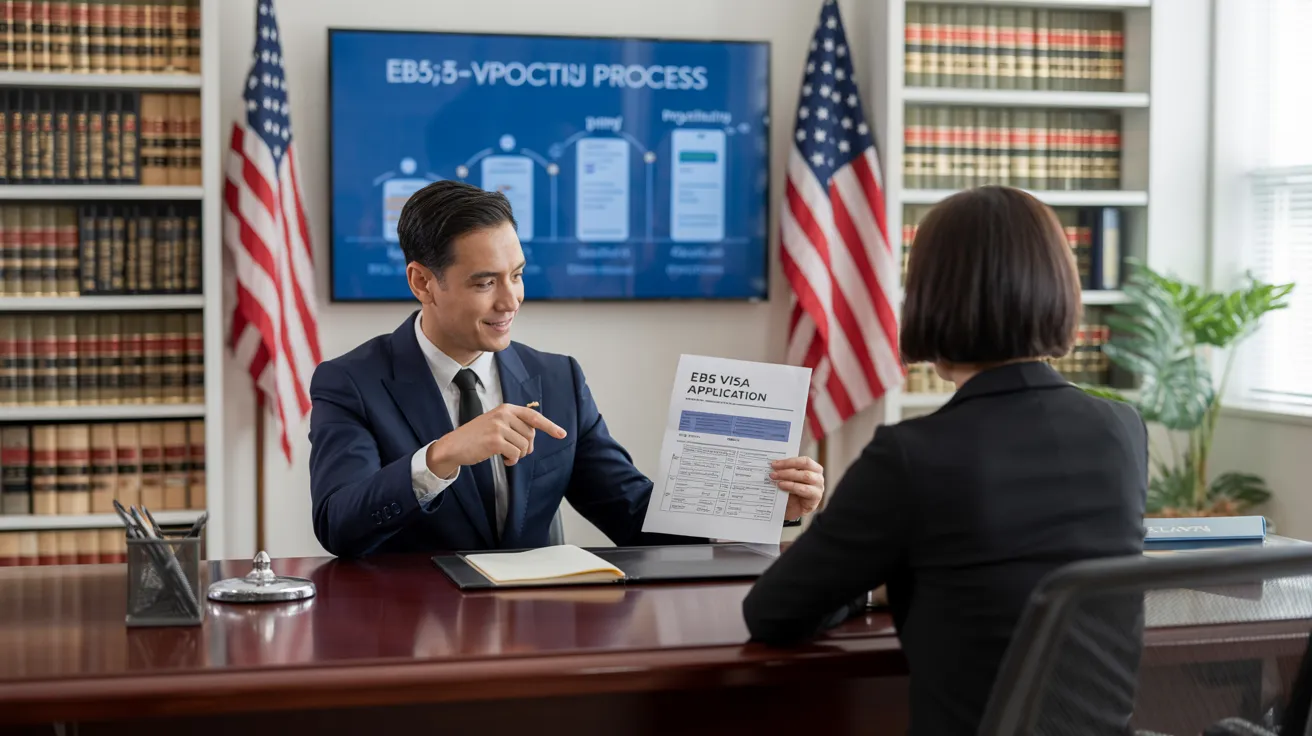Examine This Report about L1 Visa
Table of ContentsA Biased View of L1 VisaL1 Visa Fundamentals ExplainedThe Facts About L1 Visa UncoveredNot known Facts About L1 VisaThe L1 Visa StatementsRumored Buzz on L1 Visa
Available from ProQuest Dissertations & Theses Worldwide; Social Scientific Research Premium Collection. DHS Office of the Examiner General. Retrieved 2023-03-26.
U.S. Department of State. Obtained 22 August 2016. "Workers paid $1.21 an hour to set up Fremont technology company's computers". The Mercury Information. 2014-10-22. Recovered 2023-02-08. Costa, Daniel (November 11, 2014). "Little-known momentary visas for foreign technology employees dispirit incomes". The Hillside. Tamen, Joan Fleischer (August 10, 2013). "Visa Holders Change Workers".
The Only Guide to L1 Visa
In order to be qualified for the L-1 visa, the international business abroad where the Beneficiary was employed and the U.S. company have to have a certifying partnership at the time of the transfer. The different kinds of qualifying partnerships are: 1.
Example 1: Firm A is integrated in France and uses the Recipient. Company B is incorporated in the united state and intends to petition the Beneficiary. Business A has 100% of the shares of Company B.Company A is the Parent and Business B is a subsidiary. Consequently there is a qualifying relationship between the two business and Business B must have the ability to fund the Recipient.
Instance 2: Business A is incorporated in the U - L1 Visa.S. and intends to petition the Recipient. Company B is incorporated in Indonesia and uses the Beneficiary. Business An owns 40% of Business B. The remaining 60% is had and managed by Business C, which has no relation to Company A.Since Business A and B do not have a parent-subsidiary relationship, Firm A can not sponsor the Recipient for L-1.
Firm A possesses 40% of Company B. The continuing to be 60% is possessed by Business C, which has no relationship to Firm A. However, Firm A, by official agreement, controls and complete manages Firm B.Since Company A has much less than 50% of Company B yet handles and regulates the company, there is a certifying parent-subsidiary relationship and Firm A can fund the Recipient for L-1.
L1 Visa Fundamentals Explained
Affiliate: An associate is 1 of 2 subsidiaries thar are both had and controlled by the exact same parent or individual, or owned and regulated by the exact same team of individuals, in primarily the exact same proportions. a. Instance 1: Business A is included in Ghana and uses the Beneficiary. Business B is integrated in the U.S.
Firm C, additionally incorporated in Ghana, owns 100% of Firm A and 100% of Business B.Therefore, Business A and Business B are "affiliates" or sister companies and a qualifying partnership exists in between both business. Business B need to be able to sponsor the Beneficiary. b. Instance 2: Business A is incorporated in the U.S.
Company A is 60% owned by Mrs. Smith, 20% owned by Mr. Doe, and 20% possessed by Ms. Brown. Business B is integrated in Colombia and presently employs the Recipient. Firm B is 65% owned by Mrs. Smith, 15% owned by Mr. Doe, and 20% possessed by Ms. Brown. Company A and Firm B are affiliates and have a qualifying relationship in two various ways: Mrs.
The L-1 visa is an employment-based visa classification developed by Congress in 1970, permitting international read more business to transfer their managers, executives, or crucial personnel to their U.S. procedures. It is typically referred to as the intracompany transferee visa.

Additionally, the recipient should have functioned in a supervisory, executive, or specialized employee setting for one year within the three years coming before the L-1A application in learn more the international firm. For brand-new office applications, international work has to have been in a supervisory or executive capacity if the beneficiary is involving the United States to function as a supervisor or executive.
L1 Visa - Questions

If approved for a united state firm functional for even more than one year, the first L-1B visa is for approximately 3 years and can be extended for an added two years (L1 Visa). Alternatively, if the U.S. company is recently developed or has actually been operational for less than one year, the initial L-1B visa is issued for one year, with extensions offered L1 Visa process in two-year increments
The L-1 visa is an employment-based visa category established by Congress in 1970, enabling multinational business to transfer their managers, execs, or crucial employees to their U.S. operations. It is typically referred to as the intracompany transferee visa.
Top Guidelines Of L1 Visa
Furthermore, the recipient must have functioned in a supervisory, executive, or specialized employee setting for one year within the three years preceding the L-1A application in the foreign company. For brand-new workplace applications, international employment must have remained in a supervisory or executive ability if the recipient is coming to the United States to work as a manager or exec.
for up to 7 years to manage the procedures of the U.S. associate as an exec or supervisor. If provided for an U.S. firm that has actually been functional for greater than one year, the L-1A visa is initially granted for approximately three years and can be extended in two-year increments.
If granted for an U.S. business functional for greater than one year, the preliminary L-1B visa is for approximately 3 years and can be extended for an additional 2 years. Alternatively, if the U.S. firm is recently developed or has actually been functional for less than one year, the first L-1B visa is issued for one year, with expansions readily available in two-year increments.